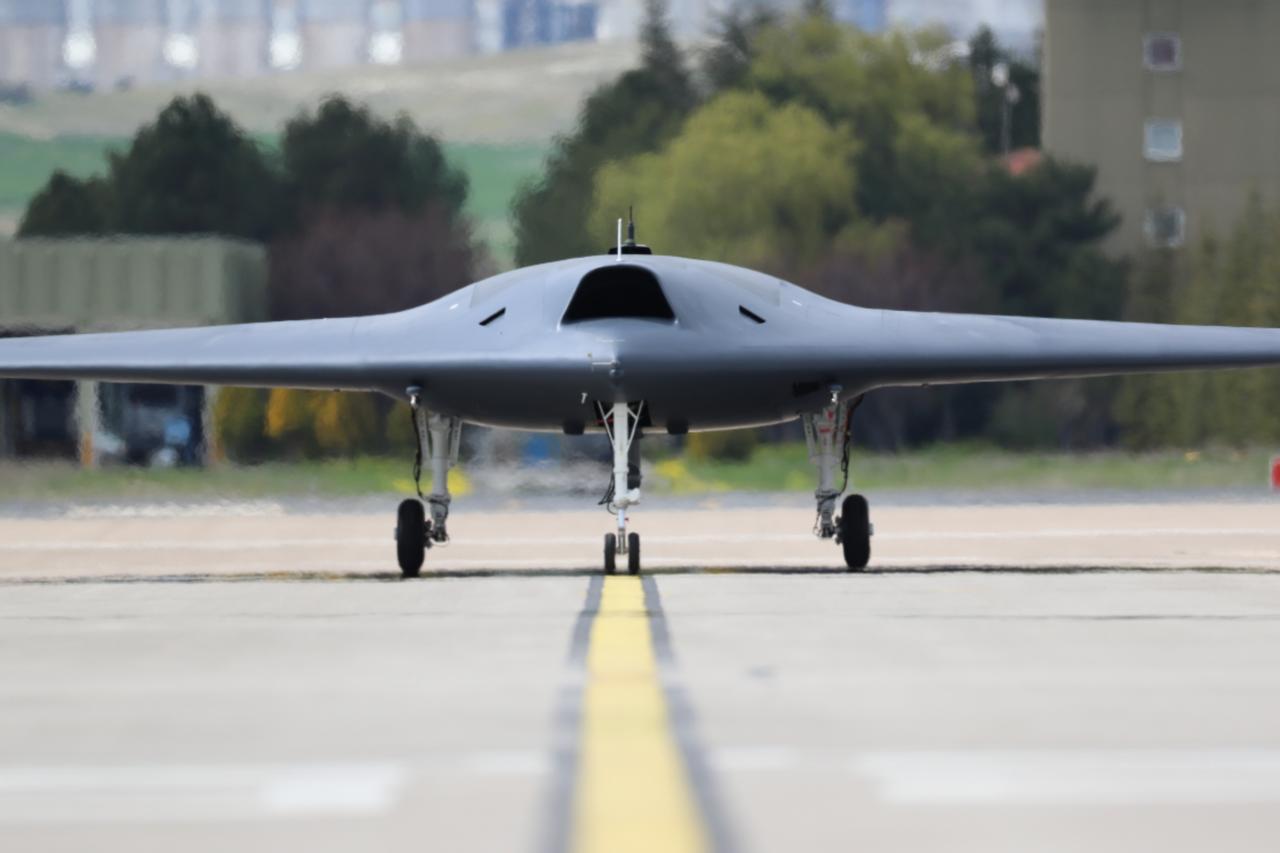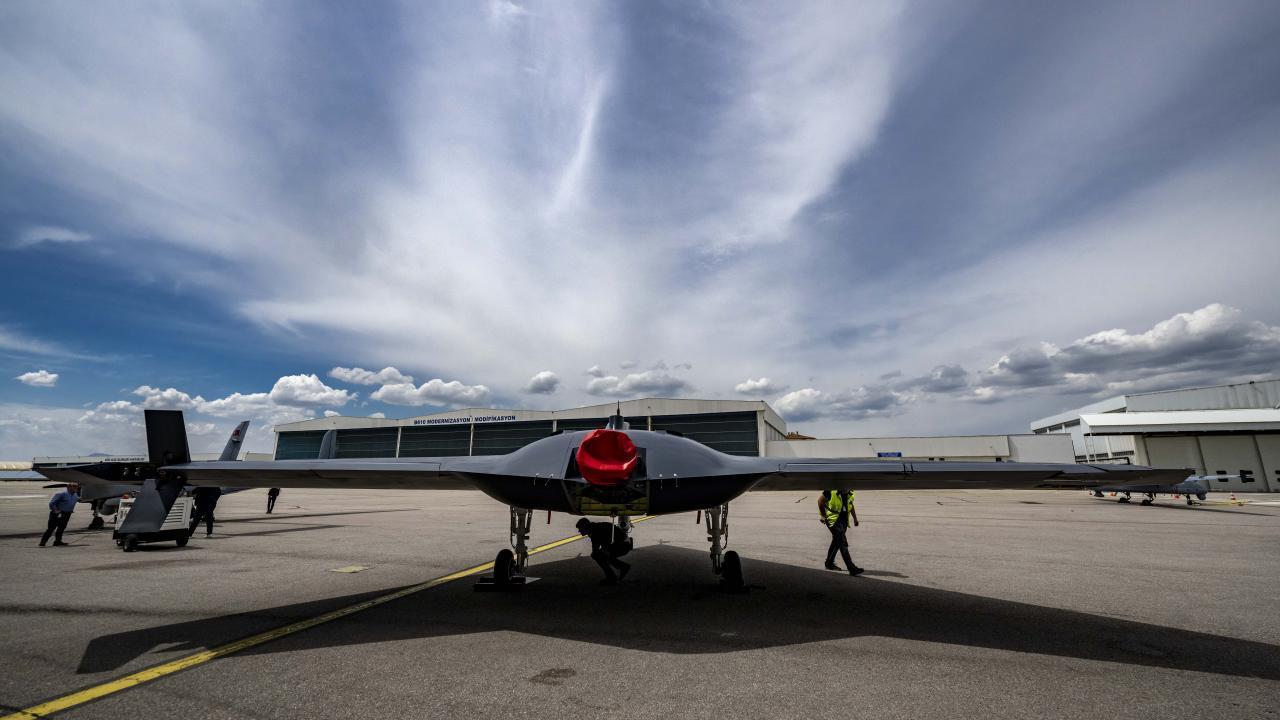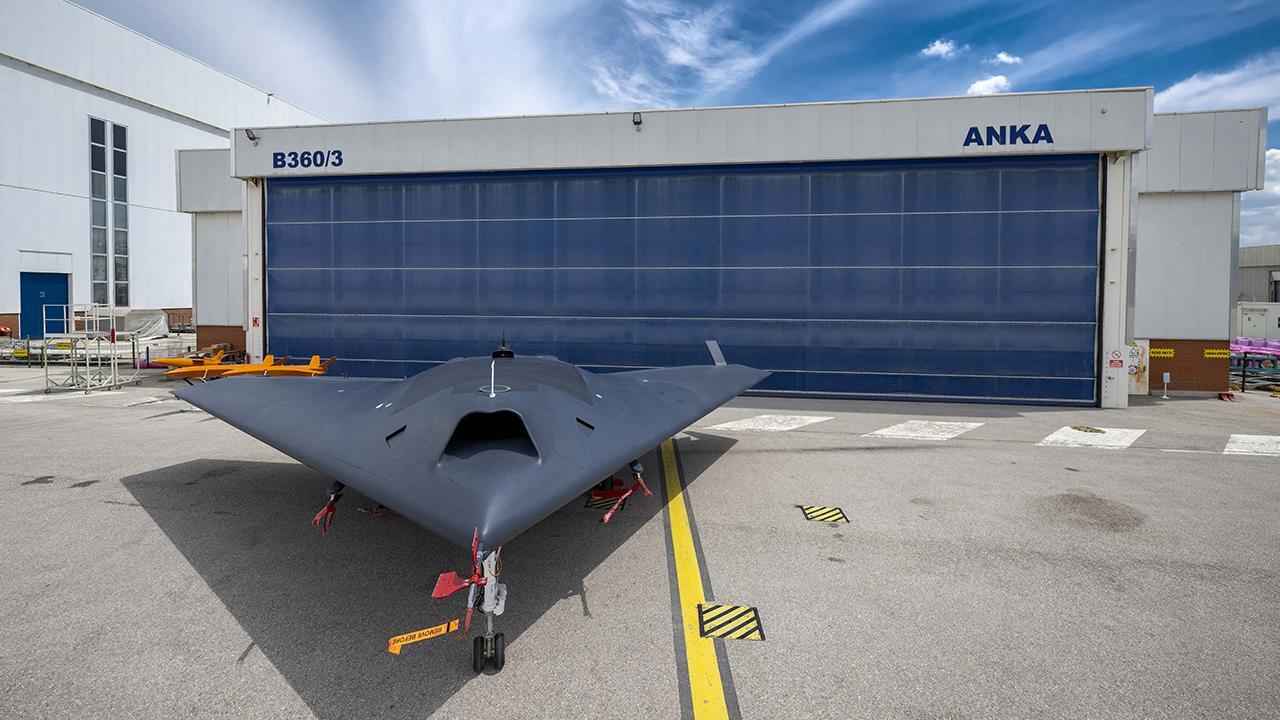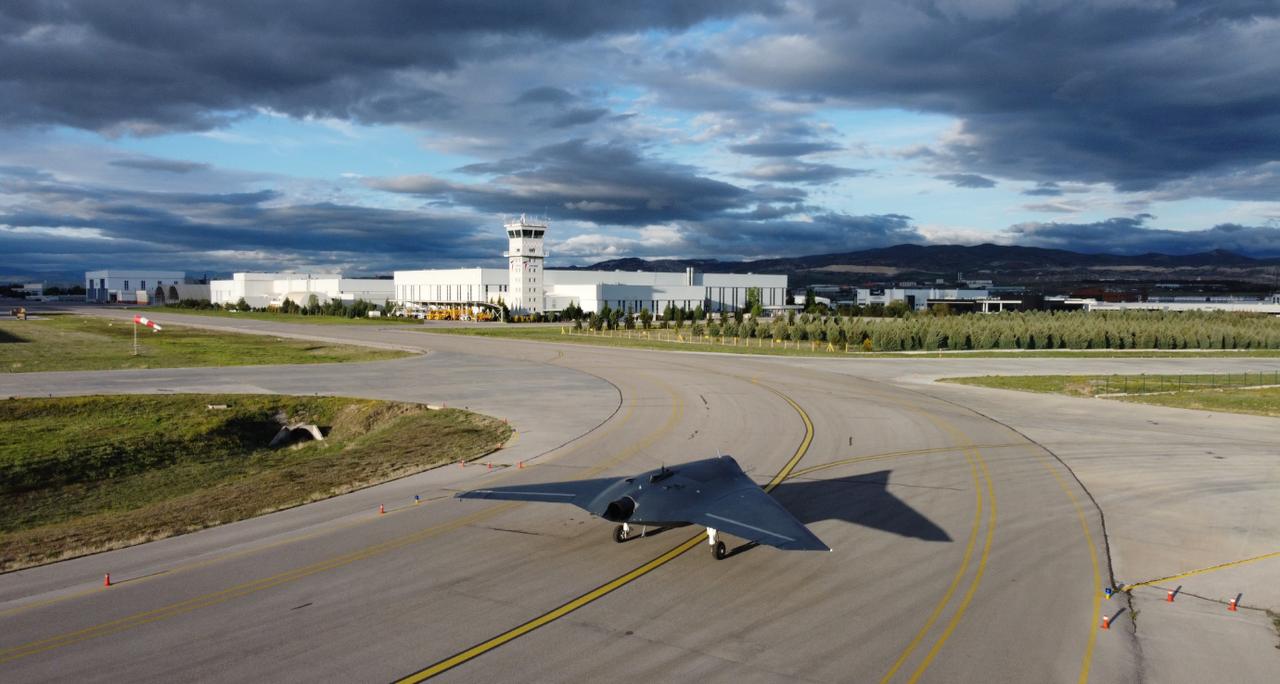
Türkiye's Anka-3 stealth drone represents "a leap forward in unmanned combat aerial vehicles" and could disrupt regional military balances in the Middle East, according to an analysis published by a U.S.-based defense and foreign policy outlet, National Interest, on Saturday.
The magazine described the Anka-3, developed by Turkish Aerospace Industries (TAI), as a demonstration of Türkiye's "burgeoning defense industry" and predicted the combat drone would position the country among the world's top drone producers when it enters service with the Turkish Air Force in 2026.

The Anka-3, also known as National Unmanned Combat Aerial Vehicle System (MIUS), completed its maiden flight in December 2023, lasting over an hour at altitudes up to 8,000 feet and speeds of 150 knots.
The fully autonomous flight tested all systems before executing an automatic landing.
"Türkiye's transition from arms importer to exporter is turbocharged by the Anka-3, positioning it among the world's top drone producers," the National Interest report stated.
The stealth drone features a flying-wing design optimized for low observability, with internal weapons bays capable of carrying a 1,200-kilogram payload. Technical specifications include:
By 2025, the Anka-3 will have achieved significant milestones in weapons testing. During its 12th test flight, it successfully struck targets with the TEBER-82 Guidance Kit and later conducted successful tests with the TOLUN missile.
The drone has also demonstrated the capability to launch radar-deceiving decoys like the Super Simsek and fire LGK-82 guided bombs from internal bays.
"Its low-observable features, including a stealthy shape and internal weapons storage, reduce radar detection, enabling penetration of contested airspace," the magazine noted.

National Interest emphasized the drone's potential to reshape Middle Eastern military dynamics, stating: "As Türkiye advances its drone technology, the Anka-3 is poised to disrupt regional military balances in the Middle East and elevate Türkiye as a key player in the global arms market."
The publication specifically noted implications for regional powers: "Türkiye Could Be the Strongest Air Power in the Middle East," the report's headline proclaimed, adding that "for Greece and other regional actors, the balances are being reshaped."
The analysis highlighted that in the Aegean Sea, the drones "could challenge Greece's air superiority, escalating tensions over territorial disputes." In Syria and Iraq, they could "bolster Türkiye's counterterrorism efforts against Kurdish groups, shifting power from ground forces to aerial dominance."
The Turkish drone industry has already achieved significant export success, with sales to 39 countries generating billions in revenue from models like the Bayraktar TB2.
The Anka-3's advanced features are expected to attract buyers seeking affordable alternatives to restricted Western technology.
"The Anka-3's advanced stealth and combat features attract buyers seeking affordable, high-performance alternatives to restricted Western tech," the report stated.

The Anka-3 project progressed "from concept to first flight in a remarkably short time," with nearly 250 engineers and technicians utilizing AI-supported modeling, simulation, and flight control technologies.
The development builds on engineering expertise and over 250,000 flight hours gained through the Anka and Aksungur programs.
TAI plans to develop a twin-engine supersonic variant to enhance speed and versatility. The Anka-3 is designed to integrate with manned aircraft in a "loyal wingman" concept, amplifying air power capabilities.
The magazine concluded that the Anka-3 "epitomizes Türkiye's defense ambitions" and represents a shift toward drone-centric warfare. Israeli media has reportedly expressed concern that Turkish drones could change regional balances, fearing enhanced capabilities for allies like Azerbaijan.
"The Anka-3 stealth drone epitomizes Türkiye's defense ambitions, disrupting Middle Eastern military orders through superior technology and boosting its global arms stature," National Interest stated.
The second prototype has already begun test flights, with full operational deployment to the Turkish Air Force expected by 2026.